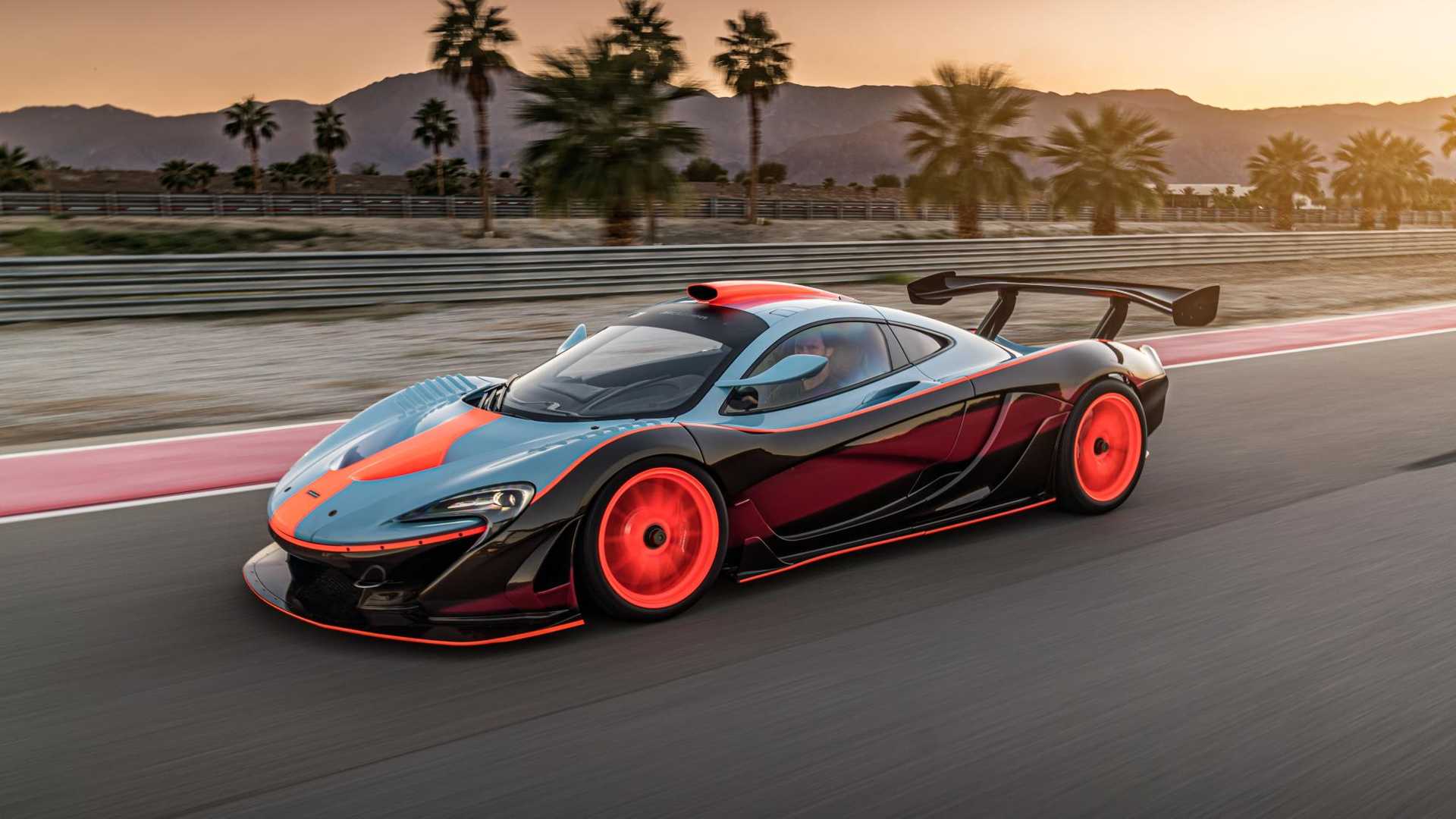

Initially, 3 McLaren F1 GTRs were produced for debut at the BPR Circuito de Jerez opener. It took the overall win at the 1995 24 Hour of Le Mans. Notably, it’s also the chassis raced by McLaren Specialists Lanzante Motorsport. Chassis #01R is kept by McLaren as a test mule. It earned its moniker mainly due to the following successor that replaced the early F1 GTRs.įor the 1995 season, McLaren would manufacture 9 chassis. The first-gen F1 GTRs built is colloquially known as the 'Short Tail'. This stripped out, race-prepped McLaren F1 is henceforth dubbed as the McLaren F1 GTR. That said, it wasn’t until after a proper 24-hour track test before all McLaren ironed out the F1’s track weaknesses. They even retained the standard transmission. McLaren restricted the 6.1-litre BMW S70 V12 to 600 horsepower to comply with GT1 regulations. Reducing weight, adding cooling, and downforce to name a few. Being an impressive foundation, to begin with, they only needed modest modifications. The McLaren F1 with its racing technology is an appealing proposition.Īfter finally convincing Gordon to provide factory backing, they started transforming the F1.

People sought something more capable to compete in the leading GT1 class. It took the world by storm, with major manufacturers intrigued.
#Mclaren f1 gtr series#
That belief stood until a year later when the BPR Global GT Series was established. With that said, Gordon Murray, the brain behind the F1, felt that his creation should be a road car foremost. Arguably, only the Bugatti Veyron would compare 10 years later. Mind you, it’s fair enough considering the McLaren F1 was so far ahead of its competition. Nowadays, they demand an auction price of around $20 million. It is also very exotic and desirable, with only 106 F1s produced over 5 years. It also proved that it can handle itself on a track from the factory. It was expensive, unapologetic, broke multiple production vehicle records. None other has shaped the modern notion of a supercar more than the McLaren F1.


 0 kommentar(er)
0 kommentar(er)
